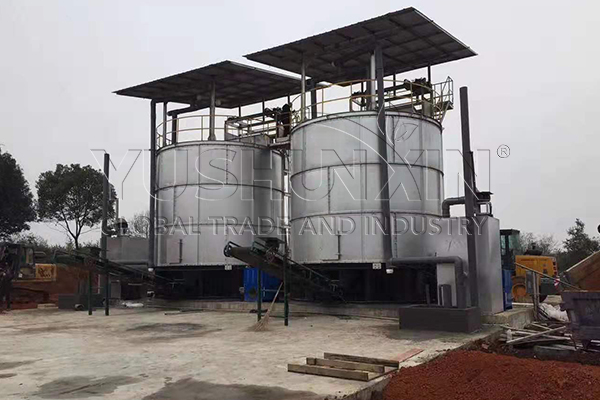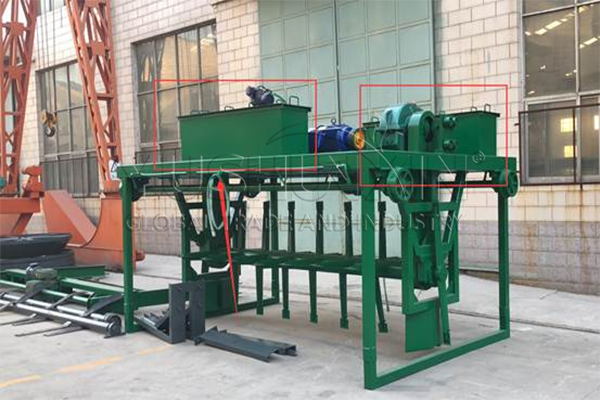The process of bio-compost production plays a central role in converting organic waste into valuable soil amendments. Whether the raw materials come from livestock manure, crop residues, or food waste, the right bio composting process determines both nutrient availability and environmental impact.
Below are several practical methods widely used in biocompost preparation, along with the equipment that supports efficient operation.
1. Traditional Windrow Composting for Open-Air Treatment
Windrow composting remains one of the most accessible biocompost making methods for large farms or municipal projects. Organic waste is piled into long, narrow rows that are regularly turned to maintain aeration.
A self-propelled compost turner or crawler-type turning machine is typically used to mix and oxygenate the pile, promoting microbial breakdown.
This technique is suitable for areas with sufficient land and good weather conditions, as temperature and moisture must be monitored manually or with portable sensors.

2. In-Vessel Composting for Controlled Fermentation
When space is limited or odor control is a priority, in-vessel composting systems offer an efficient alternative. Here, materials are decomposed inside a sealed container or organic fermentation tank, where temperature, aeration, and moisture are automatically regulated.
This aerobic composting method allows faster decomposition—often within two to three weeks—while minimizing odor and leachate emissions.
It’s a preferred solution for urban composting centers or high-value biofertilizer manufacturing plants.

3. Trench or Groove Composting for Continuous Production
Another common biocompost production method is the trench or groove system, where organic materials are placed in long concrete channels.
A rail-mounted compost turning machine moves along the grooves, mixing the material layer by layer. This method combines the efficiency of mechanical turning with the consistency of a semi-enclosed setup, making it ideal for mid-scale operations.
It can handle a wide range of raw materials, from cow dung to crop stalks, and allows continuous feeding and harvesting of compost.

4. Key Factors Influencing Compost Quality
Regardless of the biocomposting technique chosen, several conditions determine success:
Carbon-to-nitrogen ratio: Ideally 25–30:1 to balance microbial energy and growth.
Moisture: Should remain between 55–65% for active decomposition.
Temperature: Reaches 55–65°C during thermophilic stage for pathogen reduction.
Modern composting systems often include sensors to track these parameters automatically. Click here to get more!
Conclusion
Different biocompost preparation methods suit different production goals.
Windrow composting provides flexibility, in-vessel fermentation ensures precision, and trench systems offer continuous throughput.
By combining the right method with appropriate composting machinery, producers can achieve stable, nutrient-rich organic biofertilizer while efficiently managing agricultural waste. Welcome to visit: https://www.biofertilizerproduction.com/product/how-to-compost-biofertilizer/